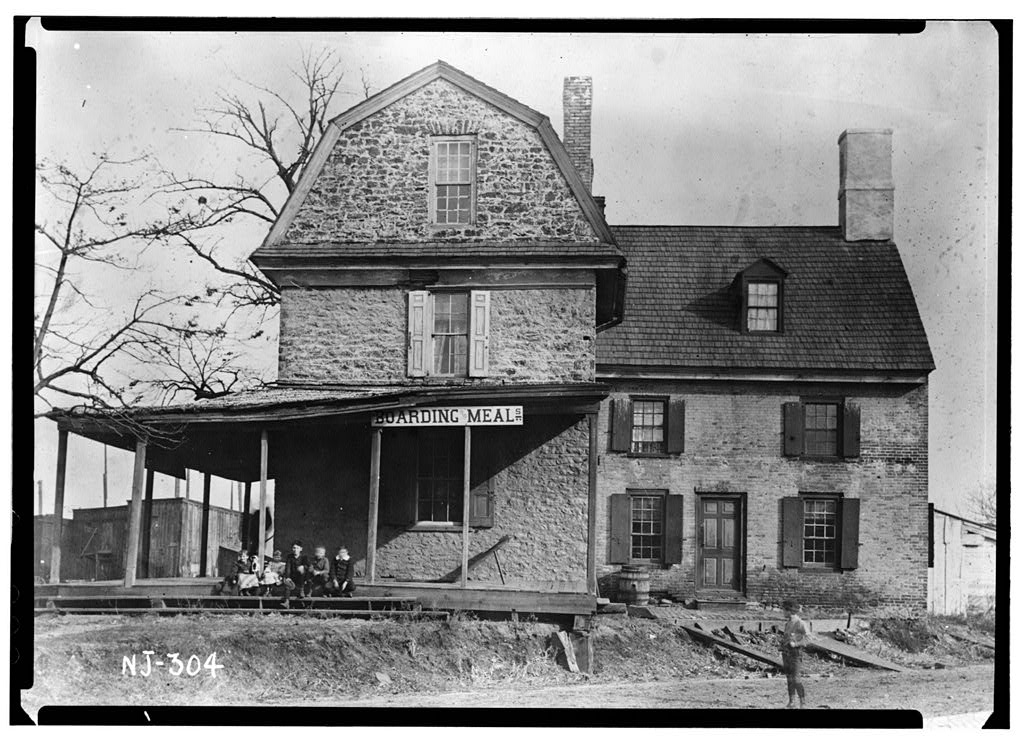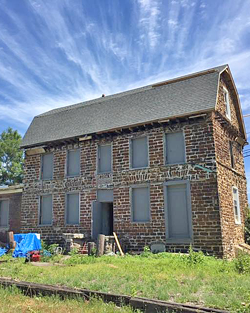
If you live around the Delaware Valley — chances are that you’ve got some old, historical architecture in close proximity to you. Many American towns have that old house that sits with an eerie presence, seemingly out of place, desperately wanting to tell you it’s story. If you live around Camden — chances are that those historic houses originally might have belonged to men named Cooper. Joseph Cooper and his son Benjamin were involved in the ferry business between Camden and Philadelphia. Joseph and Benjamin would build the house in 1734.
Sitting in North Camden — Benjamin Cooper’s House — whose original stone dwelling was not only historical as a Dutch colonial style home but also as a ferry. Throughout the years and in incredible fashion, the historic farmhouse was utilized for almost everything. It was a ferry tavern, a hotel, was a meeting place for public entertainment, and was also a saloon known as the Old Stone Jug. During the American Revolution when Sir Lord Howe’s British troops captured Philadelphia without firing a shot — the house was taken as a Headquarters by British officer Lt. Colonel Abercromby.
But unlike the plan for many of these deeply historical pieces of architecture — which are doomed to the inevitable plan of demolition — there is a proposal to save the building that was once Camden’s last ferry tavern. With a planned completion just in time for Philadelphia’s 250th celebration in July of 2026 — Camden’s historic Benjamin Cooper House which has already been on the American Battlefields and Historic Sites since the 1990s — will undergo a restoration to become the American Revolution Museum of Southern New Jersey. The property will serve as an important part of the local North Camden and Cramer Hill Waterfront Trails Project.

In Pyne Point Park in Camden, protected behind a chain-link fence across from Mastery High School in Camden are the remains of Joseph Cooper’s House. First constructed in 1695 by William and Joseph Cooper — it remains today as the City of Camden’s oldest dwelling. Camden would purchase both Pyne Point Park and the Joseph Cooper House in 1913. At one point, it was utilized as a library. Thanks to a 2010 Trust Grant — plans exist to incorporate the remains of the structure into Pyne Point Park.
The lasting remnants of the former homes of the Cooper Family in Camden aren’t just any old, spooky houses. They are part of Camden’s deep historic history that without the current plans of preservation — will be gone from New Jersey history forever.
By Michael Thomas Leibrandt, Member of the Old York Road and Wissahickon Valley Historical Societies.

Recent Comments